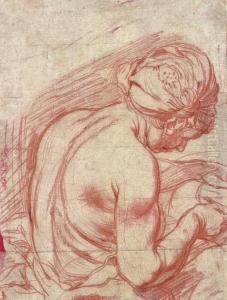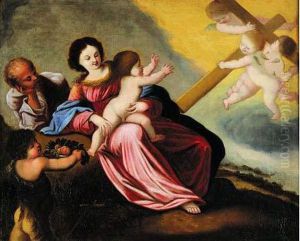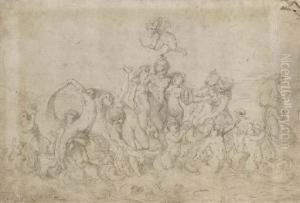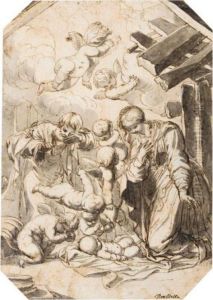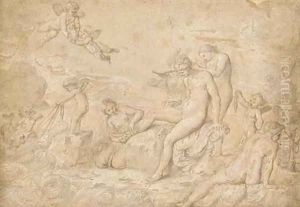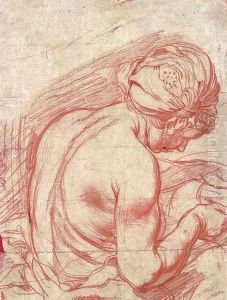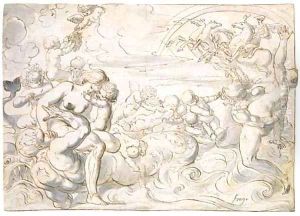Pierre Brebiette Paintings
Pierre Brebiette was a French artist and printmaker, born in Mantes-la-Jolie in 1598. Little is known about his early life and training, but his work suggests that he was well-versed in the artistic trends of his time. Brebiette was active during a period of significant artistic development in France, which was then beginning to cultivate its own distinct style separate from the Italian Baroque influences.
Throughout his career, Brebiette was known for his engravings and etchings. His style is characterized by a combination of classical subject matter, often drawn from mythology or history, with a dynamic and somewhat idiosyncratic approach to composition and figure work. He was also an accomplished painter, though fewer of his paintings survive compared to his prints.
During the 1620s and 1630s, Brebiette was associated with the Fontainebleau school, which played a significant role in the introduction and dissemination of Baroque art in France. His works from this period reflect the ornamental and sophisticated style that Fontainebleau was known for. He was also influenced by the works of the Caravaggisti and the Bolognese school, which can be seen in his use of dramatic lighting and realistic depiction of figures.
Brebiette's legacy includes a diverse body of work, and he is credited with contributing to the evolution of French art in the 17th century. His engravings and prints were especially influential, as they were widely disseminated and could reach a broader audience than his paintings. Despite his contributions, Brebiette's work was somewhat overshadowed by the dominant figures of his time, such as Nicolas Poussin and Georges de La Tour, and as a result, he is not as well-remembered today as some of his contemporaries.
Pierre Brebiette passed away in Paris in 1650. His works continue to be studied and appreciated by art historians and collectors, and they provide valuable insight into the artistic movements and cultural milieu of early 17th-century France.
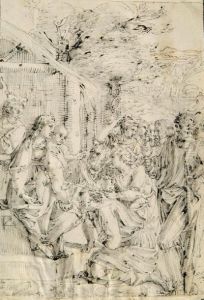
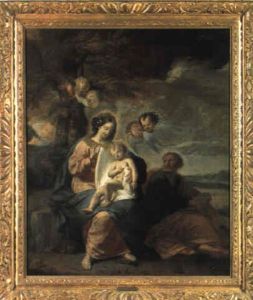
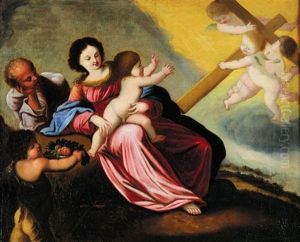
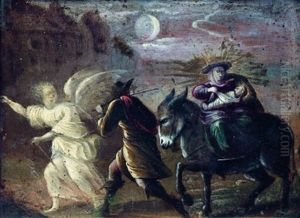
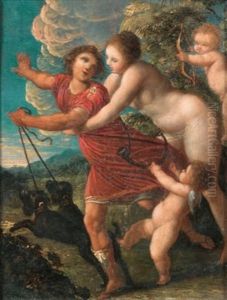
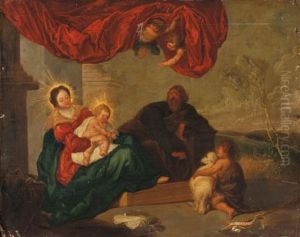
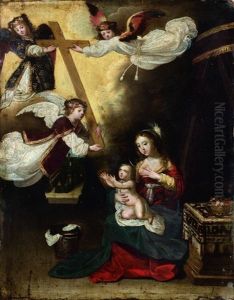
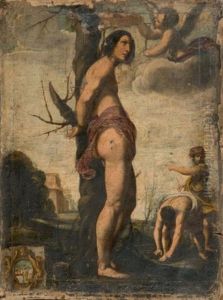
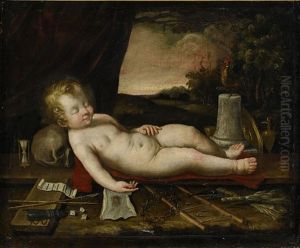
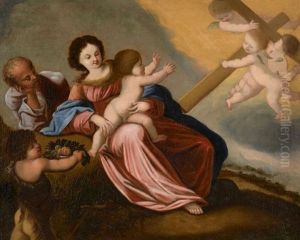
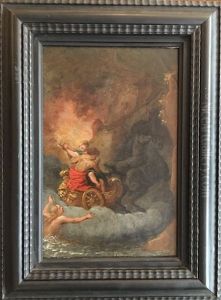
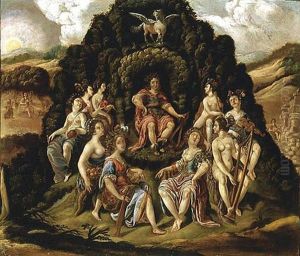
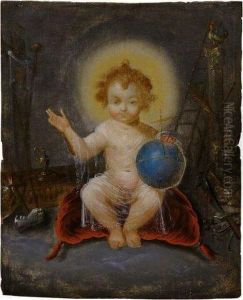
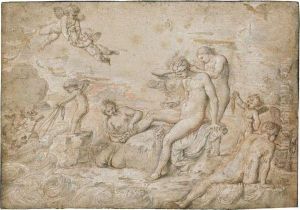
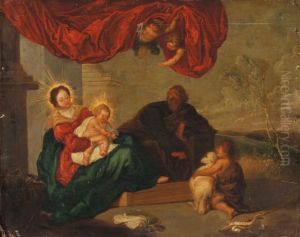
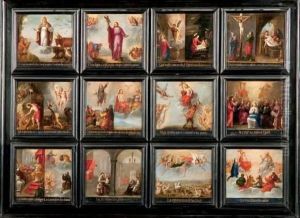
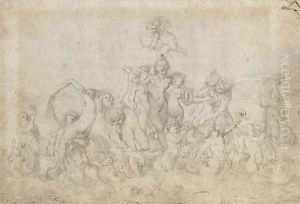
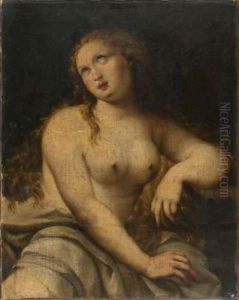
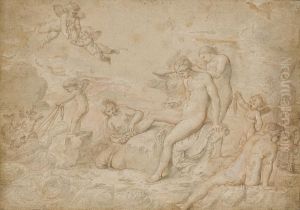
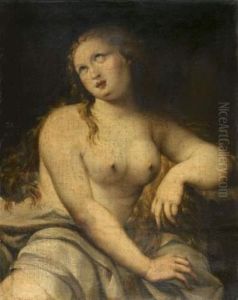
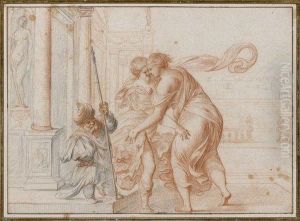
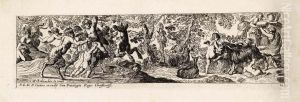
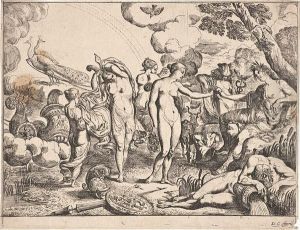
![Venus Et Adonis [pierre Brebiette ; Venus And Adonis ; Oil On Copper]](https://www.niceartgallery.com/imgs/1199518/s/pierre-brebiette-venus-et-adonis-pierre-brebiette-venus-and-adonis-oil-on-copper-ea58fda7.jpg)
